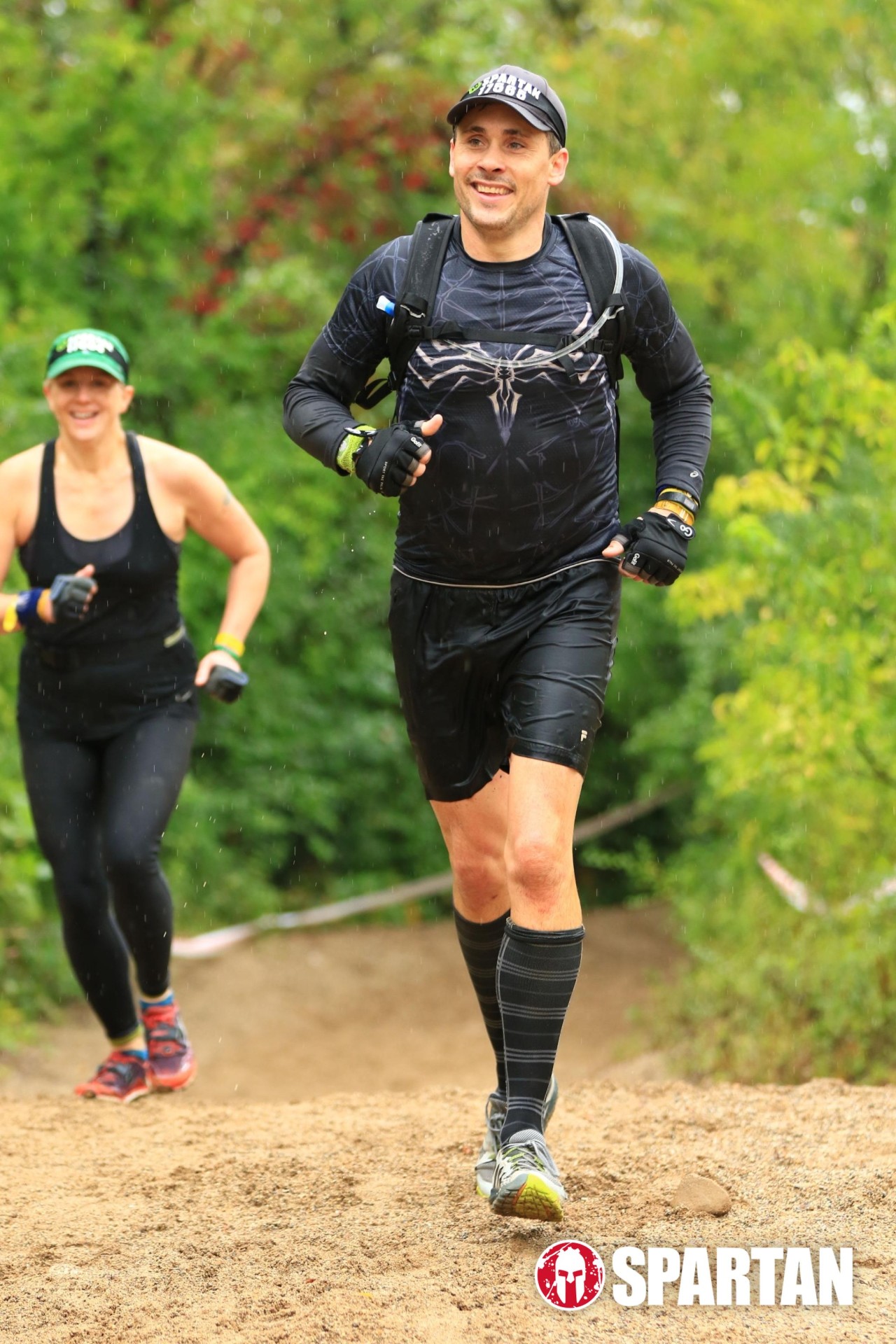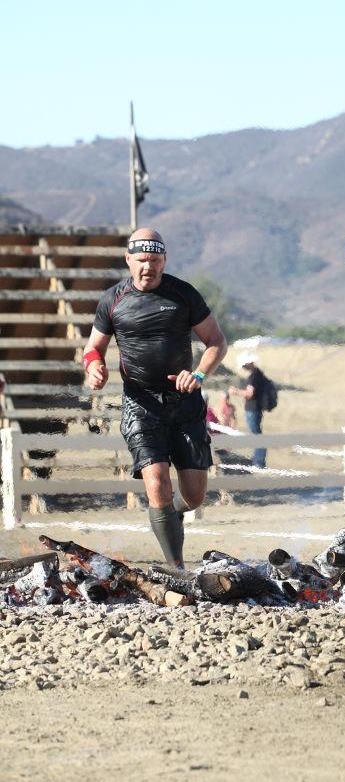The Secret Weapon For OCR Success

The biggest obstacle in OCR is running. When you become a better running, you racing dramatically changes.
Which obstacle do you train the most for?
I usually hear things like monkey bars, rigs, and rope climbs for answers. These are great obstacles and we need to train for them.
But what about the most common obstacle we face in every race we do?
This would be running.
When I look back at the evolution of OCR you see who dominates the sport.

I first started racing in 2013. I had a natural ability for most obstacles. I liked doing Ninja Warrior style training, so I development are really strong grip and have always been pretty athletic.
I rarely would fail obstacles which was a huge advantage. While I was not a great running I would make up a lot of time by not having to do burpees or other penalties.
But then I start noticing something. My advantage was becoming less and less significant. Those that had more of a running or endurance background were getting stronger. They were adding strength work and obstacle training into their programs and failing less obstacles.
Eventually my advantage disappeared. The OCR athletes I was competing against were just as good at the obstacles and much better runners.
So I had to make a shift. If I wanted to compete and improve my times, I had to take running seriously.
I did the same strategy that most would do. I started running more. And it in the beginning it helped. Just like many aspects of training, just about anything works when you are first starting out.
But eventually that dries up and you have to take more specific action.
I started to learn about zone based training and how beneficial it is for runners. I figured I would give it a try and see.
It worked incredibly well. I may not win races, but I feel more comfortable on the course and more confident with my running.
What is zone based training?
What this boils down to is the understanding of exercise physiology. When you do specific

training, the body adapts to that training.
If you lift heavy weights for low repetitions, you get stronger. But if you lift moderate weight for moderate repetitions, you get bigger. Both are lifting weights, but they yield different results.
Conditioning goes the same way. High intensity training leads to specific adaptations of the body and are different than low intensity training.
Usually you will see 5 training zones. Zone 1 being the lowest intensity and zone 5 being the highest.
This doesn't mean one is better than the other. It simply means different and both are important.
For example, training at lower intensities, improves things like fat utilization, increases capillary density (so you get more blood flow to muscle), and improves your aerobic energy system. High intensity training improves lactate threshold and enhances your anaerobic energy system.
Why does this matter?
While all endurance athletes benefit from this style of training, OCR is particularly important. We need endurance to perform during long time periods, but also need strong burst to complete obstacles.
A better aerobic system helps us utilize less carbohydrates, become more efficient so we use less energy in general, and recover faster.
A better anaerobic system helps us get faster, better able to handle higher intensities, and have more success at obstacles.
Common Mistakes
When we understand this idea of zone based training, we start to learn that we need different styles of workouts in our program.
The mistake that many, including myself, make is to only train in one zone. We see some individuals that only do high intensity. They feel that if it isn't as hard as they can they aren't working hard enough.
Others avoid high intensity and only do low. While some will be stuck in that middle zone and only do moderate intensity.
All of these strategies often lead to burnout and plateaus.
Getting Started
Using heart rate training monitors is a great way to experiment with zone based training. This ensures you are hitting different intensities each workout.
But even if you don't have a heart rate monitor you can still get the idea.
Each workout you can pick a different goal. Should this be a high intensity training day, moderate intensity, or low intensity. Then make sure you stick with it. Going hard all the time is not the best strategy. Remember you are working on a specific adaptation, not to get tired from a workout.
Most athletes who start training in zones notice huge gains rather quickly with more endurance, less fatigue, and better recovery.
If you need help getting started not only with your running program but your strength and obstacle skills, my free 14 Day OCR Jumpstart Program might be the perfect fit. It includes sample runs and strength workouts to help you succeed.
Grab your copy here ===> https://ocr-underground.newzen...
Categories: : OCR Training
 Mike Deibler
Mike Deibler 
